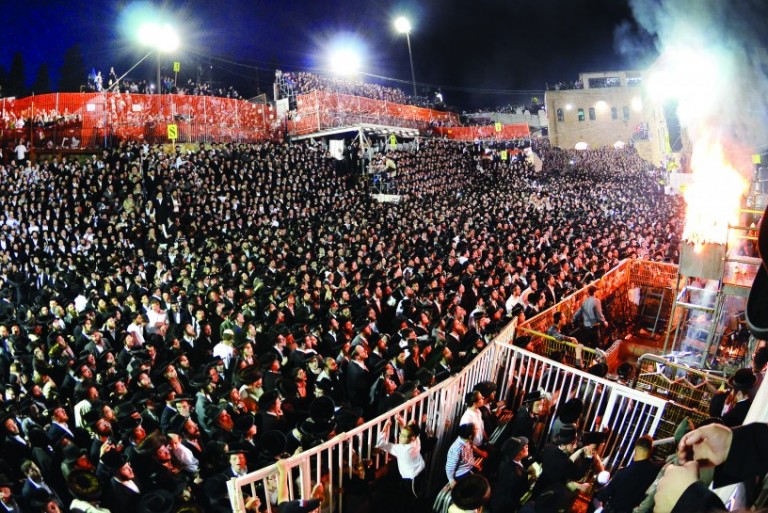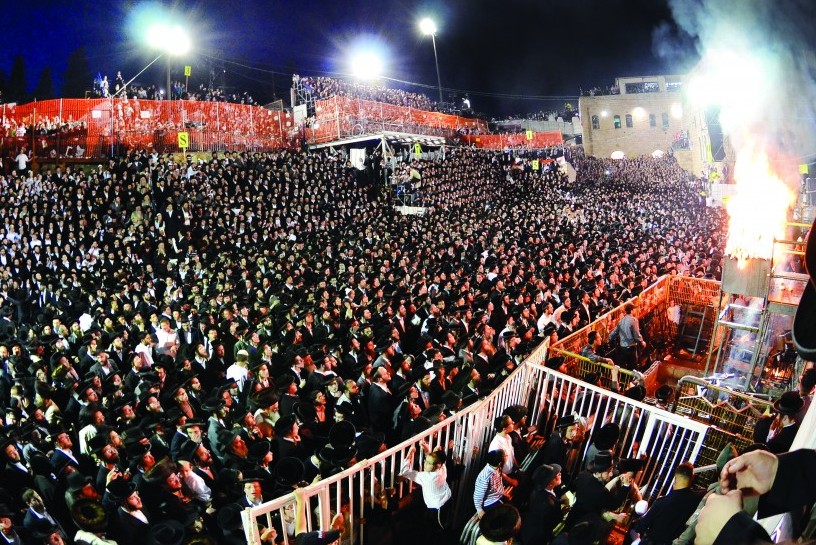Where does the name come from?
The Day is given its name by its count in Sefirat HaOmer, which is thirty-three. How so? – You ask. Like so: The numerical equivalent of the Hebrew letter “lamed” is thirty. Similarly, the numerical equivalent of the letter “gimmel” is three. By higher mathematics, and the use of a high-powered calculator, the sum is thirty-three.
The “lamed” has the “l” sound; the “gimmel” has the hard “g” sound; the combination is written as “Lag,” with the “a” having the pronunciation of the “o” in “hot.”
“BaOmer” consists of two components:
Ba , which is a combination of a preposition (yipes! Grammar? – not to worry) and the “definite article;” specifically, in (the preposition), and the, the definite article. Together: in the Omer, which refers to the Grain Offering, called the Omer, which was brought in Temple times, and the day on which it was brought, the sixteenth of Nisan, is Day One of the Sefirat HaOmer, the Count of the Omer.
 Thus, Lag BaOmer means the thirty-third day in the Count of the Omer.
Thus, Lag BaOmer means the thirty-third day in the Count of the Omer.
How do the Jewish People celebrate Lag BaOmer?
Families go on picnics and outings.
Children go out to the fields with their teachers with bows and (rubber-tipped) arrows, and bats and balls
Tachanun, the prayer for special Divine Mercy on one’s behalf is not said, because when G-d is showing one a “smiling face,” so to speak, as He does especially on the Holidays, there is no need to ask for special mercy.
In Israel, at Meron, the burial place of Rabbi Shimon bar Yochai and his son, Rabbi Elazar b’Rabbi Shimon, tens of thousands of Jews gather to celebrate on the “Yahrtzeit,” the anniversary of the death of the “godly Tanna,” the great scholar who lived in the immediate aftermath of the Second Temple. With torches, song and feasting, the Yahrtzeit is celebrated, which may seem somewhat odd, but which was a specific request by Bar Yochai of his students.

